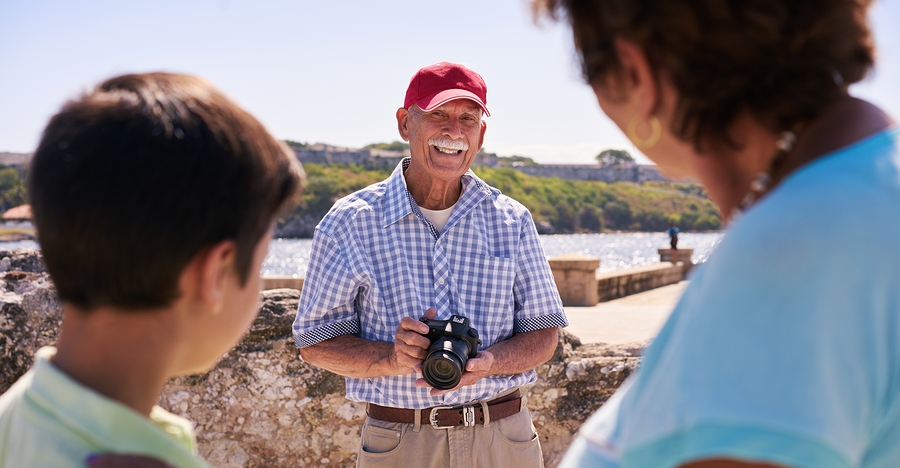Let’s say you’re taking pictures of a 3-year old – of course you’ll want to take some close-ups, too, but wouldn’t the photo tell a more complete story if it showed the child playing in their favorite spot in the sunny backyard?
You shouldn’t be too afraid of what your client would think if you tried something a little different. In my experience, adding a bit of extra and something out of the ordinary, they will love it and come back for more.
Probably the first, most natural question I get asked when talking about loose composition is – why? Why show more than is necessary, more than just the subject? Why take two, seven, twenty steps back and have the subject almost drown in the environment? Isn’t it counterproductive to decrease the visual weight of the main person or object within the frame by making him, her or it appear smaller? Well… no. No, it’s not. For me, it’s quite the contrary.
The Context, The State and The Story
Whenever it comes to portraits – or any sort of photography a lot of the time – what matters most to me are two things: the mood (or state), and the story. Now, “mood” does not necessarily mean the mood of my model, oh no. As the author of that work, I imprint myself in it in one way or another (as do you and any other author or, arguably, at the very least should attempt to), so it becomes a reflection of my own mood and state.
What I see depends on what I feel and vice versa – an immensely interesting circle, that. It is the same thing with the story, which does not mean a clearly distinguishable and understandable narrative. It means an association. It means environment and a certain detail that helps me, the author, find something close to my own world in that photograph. And then the viewer, too, finds something close to his experience. So it is as much the story I create with the image as it is one created by the viewer. In some ways, mood and state become the story, they are that interlinked and similar.
So the question is, what does one do to find that mood, that ever important state of a human being, and that ever intimate story? A lot of beginner photographers often simply move to close too their subjects when creating a portrait, thinking the emotion seen in the face of the model is often enough.
Actually, often it isn’t. You see, whilst you are in the moment, observing the scene and feeling everything you want to capture in a portrait so strongly, you are not affected just by the presence of the person you are photographing (naturally, it is not always the case and there are exceptions when the subject itself creates the story, so let’s not be too picky about my choice of words).
You are also affected by your own state. Such simple things as basic comfort, yes, but also your feelings, your thoughts, your mood. You are then affected by the environment, by the light, the sounds and smells. Everything you absorb with all your five (or six, of course) senses, everything you think about and the way you think has an effect on how you see the scene and the subject, on what you feel, on what you want to capture. It’s called context.
If you’re interested in seeing examples of how you can tell a story through portraits, we have a great video for you explaining just that.
GO TO THE NEXT PAGE FOR THE VIDEO
Read the full article over at Photography Life
Source: Photography Life

